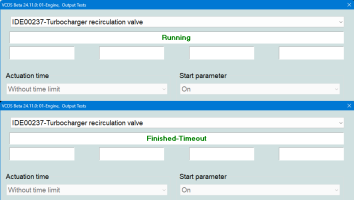Might be worth data logging the fuel rail pressure to see if the correlates to any drop in power?
Have you got a obd2 dongle?
TORQUE App is very good for live data..
I use the Carista Evo dongle..... Gen 1 dongle works as well.
Have you got a obd2 dongle?
TORQUE App is very good for live data..
I use the Carista Evo dongle..... Gen 1 dongle works as well.
Last edited:










